Serving 7 students in grades Kindergarten-12, Bay Virtual Instruction Program ranks in the bottom 50% of all schools in Florida for overall test scores (math proficiency is bottom 50%, and reading proficiency is top 50%).
The percentage of students achieving proficiency in math is ≥50% (which is lower than the Florida state average of 57%). The percentage of students achieving proficiency in reading/language arts is ≥50% (which is lower than the Florida state average of 54%).
Minority enrollment is 29% of the student body (majority Black), which is lower than the Florida state average of 65% (majority Hispanic).
Quick Stats (2025)
- School Type: Online School
- Grades: Kindergarten-12
- Enrollment: 7 students
- State Accredited: Yes
- Live Instruction: No
- Rolling Enrollment: No
- Minority Enrollment: 29%
- Math Proficiency: ≥50% (Top 1% in FL)
- Reading Proficiency: ≥50% (Top 1%)
- Source: National Center for Education Statistics (NCES), FL Dept. of Education
Top Rankings
Bay Virtual Instruction Program ranks among the top 20% of public schools in Florida for:
Category
Attribute
Community Size
School Overview
Bay Virtual Instruction Program's student population of 7 students has declined by 69% over five school years.
School Type
Grades Offered
Grades Kindergarten-12
(Exclusively virtual)
(Exclusively virtual)
Total Students
7 students
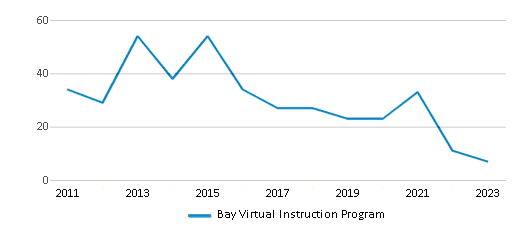
Gender %
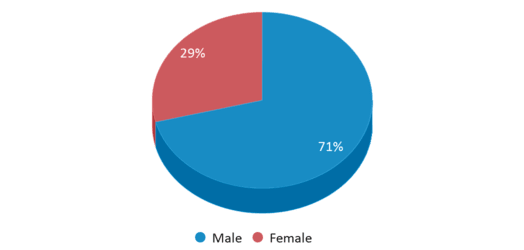
Total Classroom Teachers
n/a
Students by Grade
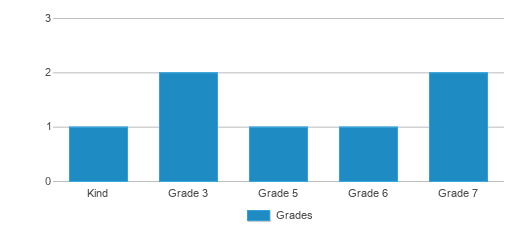
State Accredited Program
Yes
Personalized Content
No
Live Instruction
No
Rolling Enrollment
No
Flexible Class Schedule
No
Accelerated Offerings
Yes
Classes for Credit/Part Time Options
Yes
Dedicated College Counselor
No
Tutoring/Mentoring
No
Community Clubs/Activities Offered
Yes
School Calendar
School Rankings
The diversity score of Bay Virtual Instruction Program is 0.42, which is less than the diversity score at state average of 0.70. The school's diversity has stayed relatively flat over five school years.
Math Test Scores (% Proficient)
(16-17)≥50%
57%
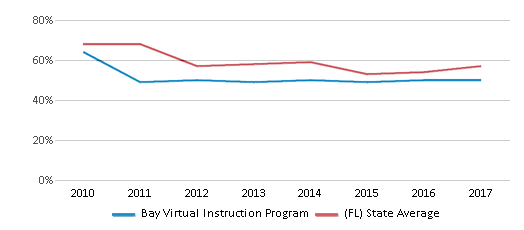
Reading/Language Arts Test Scores (% Proficient)
(16-17)≥50%
54%
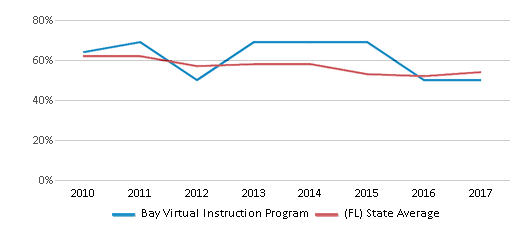
Student : Teacher Ratio
n/a
17:1
American Indian
n/a
n/a
Asian
n/a
3%
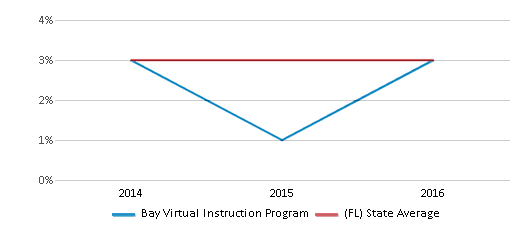
Hispanic
n/a
37%
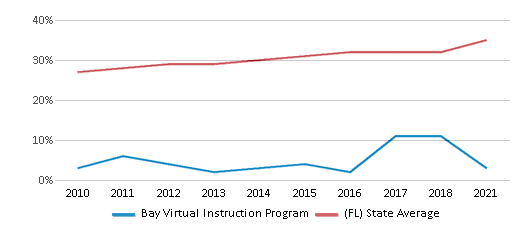
Black
29%
21%
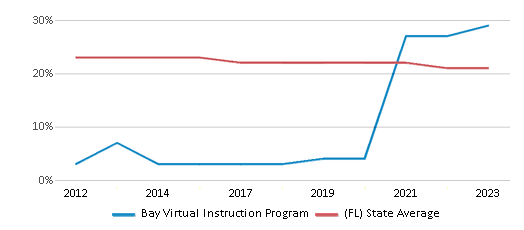
White
71%
35%
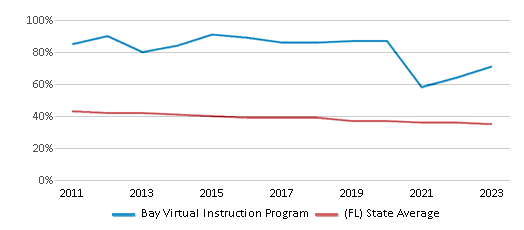
Hawaiian
n/a
n/a
Two or more races
n/a
4%

All Ethnic Groups

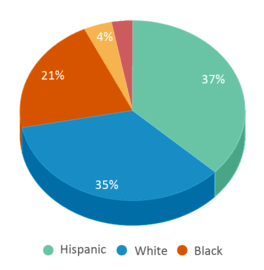
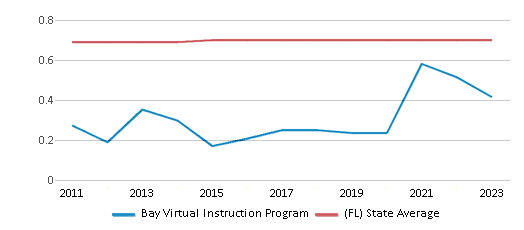
Eligible for Free Lunch (21-22)
45%
50%
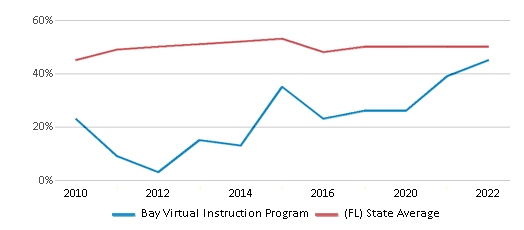
Eligible for Reduced Lunch
43%
4%
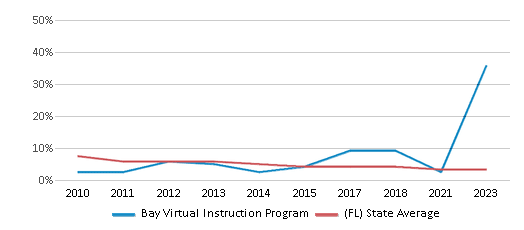
School Statewide Testing
School District Name
Source: National Center for Education Statistics (NCES), FL Dept. of Education
Profile last updated: 02/09/2025
Frequently Asked Questions
What schools are Bay Virtual Instruction Program often compared to?
Bay Virtual Instruction Programis often viewed alongside schools like Atlantic High School by visitors of our site.
What percent of students have achieved state testing proficiency in math and reading?
≥50% of students have achieved math proficiency (compared to the 57% FL state average), while ≥50% of students have achieved reading proficiency (compared to the 54% FL state average).
How many students attend Bay Virtual Instruction Program?
7 students attend Bay Virtual Instruction Program.
What is the racial composition of the student body?
71% of Bay Virtual Instruction Program students are White, and 29% of students are Black.
What grades does Bay Virtual Instruction Program offer ?
Bay Virtual Instruction Program offers enrollment in grades Kindergarten-12 (Exclusively virtual).
What school district is Bay Virtual Instruction Program part of?
Bay Virtual Instruction Program is part of Bay School District.
School Reviews
Review Bay Virtual Instruction Program. Reviews should be a few sentences in length. Please include any comments on:
- Quality of academic programs, teachers, and facilities
- Availability of music, art, sports and other extracurricular activities
Recent Articles

School-to-Prison Pipeline Persists Despite Local, State and National Efforts
Inadequate funding and resources for schools, harsh zero-tolerance discipline policies, police presence in public schools, and de facto segregation continue to create school environments in which poor and minority students have little chance of succeeding. The result is a continuation of the school-to-prison pipeline that has been commonplace in the American education system for decades, despite federal, state and local efforts to curb the problem.

How the Arts Benefit Your Children Academically and Behaviorally
Often underfunded in the past, the arts are gaining a resurgence in support as research shows benefits for children academically, along with improvements in behavior and attendance.

February 05, 2025
Understanding the U.S. Department of Education: Structure, Impact, and EvolutionWe explore how the Department of Education shapes American education, from its cabinet-level leadership to its impact on millions of students, written for general audiences seeking clarity on this vital institution.





